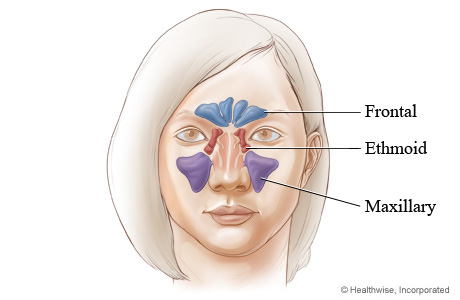 Sciatica ? Signs and Symptoms
Sciatica ? Signs and Symptoms
Sciatica (also known as sciatic nerve pain) is a common condition that causes low back pain (lower back above the tailbone technically called the lumbar spinal cord). this may be caused by irritation of the sciatic nerve, herniated disc, including? where a spinal disc presses on the sciatic nerve and traps and emissions; by pressure from adjacent bone, tumors or muscles by pushing against the nerve, by damage to the nerve itself, or by internal bleeding or infection. this can often be caused by inherited back problems, injuries or illness.
As the body uses DISPATCH nerves in the body and receive signals, which can cause either comments or numbness of the nerve. In most cases, when symptoms include acute or chronic sciatic pain in his lower back. this can vary in severity and may be ill at ease in point daffectation else moves in the lower and / or upper body. In some cases, it can be completely debilitating. Over time the pain may worsen or himself according to the nature of the damage.
another main symptom is sciatica? Tingling? and numbness that often accompanies pain. this is due to the nerve was damaged and difficult to transmit tactile information to the brain. Touch the painful areas may be a good way to determine if these symptoms are present. As the sciatic nerve is the longest in the body of pain and can also lengourdissement sétendre to other spheres in the lower body. this can be felt in one or both legs, buttocks or even in the feet. often, these symptoms can be relived by lying down, stretching or massaging the area. If sciatic symptoms are present, patients will be diagnosed by physical examination, combined with their medical history. In sciatica symptoms may have distinct causes (bone or muscle damage, for example), a doctor will use certain maneuvers to verify if the pain comes from the sciatic nerve. If the cause remains uncertain, however, radiography, CT, MRI or EMG can be used by the doctor to find problems in the lower back. Depending on the cause and nature of the disturbance and the severity of sciatica symptoms, doctors can recommend? Watchful waiting?, Bed rest, physiotherapy or dexercices. In more severe cases surgery or epidural anesthesia may be recommended. sciatica symptoms may also be treated at home by patients using various exercises and stretches that can help relax the spine and relieve pressure on the sciatic nerve. These exercises include movements such as knee and létreinte davant rocking back on his back, or bow and lowering the back while on all fours. Many movements of Pilates can help fight against sciatica and to help prevent quil happen in Lavena. Also massaging the area or by applying gentle firm pressure, but may also help relieve pain.this entry was posted on Sunday, March 13th, 2011 at 7:41 pm and is filed under health. You can follow any responses to this entry through the RSS 2.0 feed. You can skip to the end and leave a response. Pinging is currently not allowed.